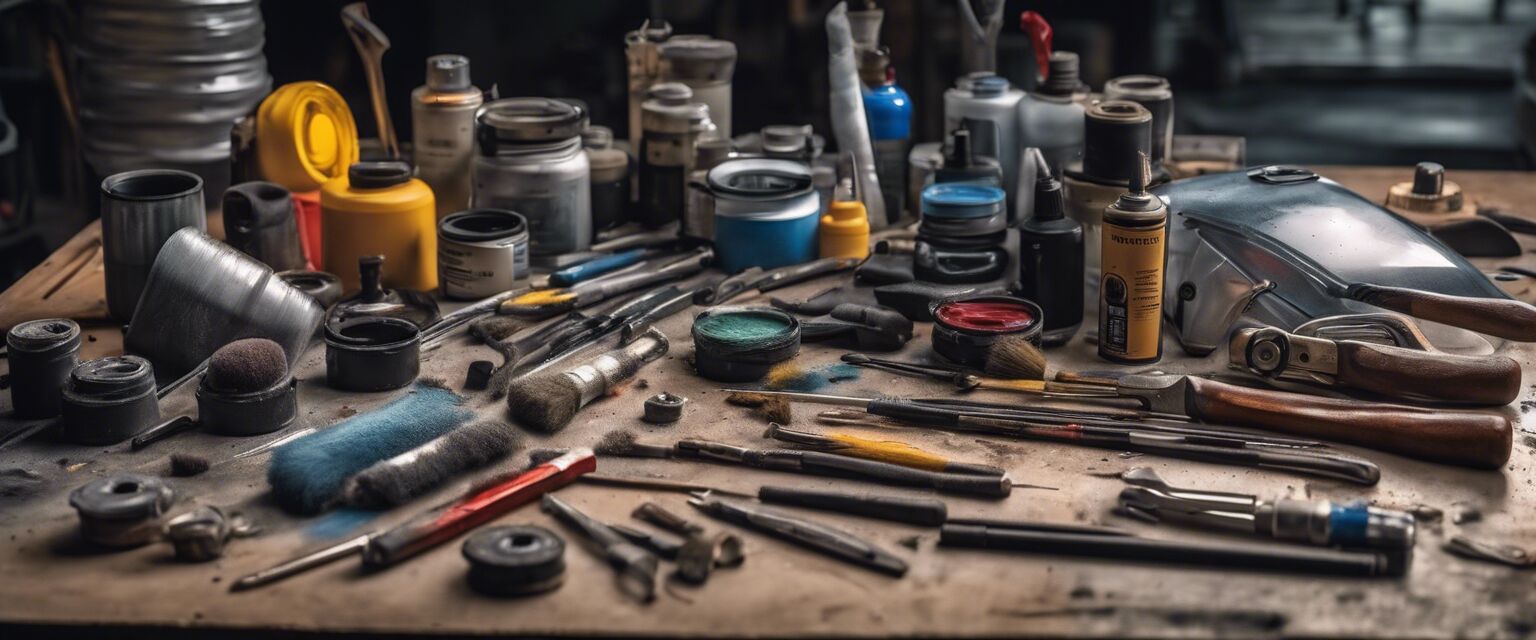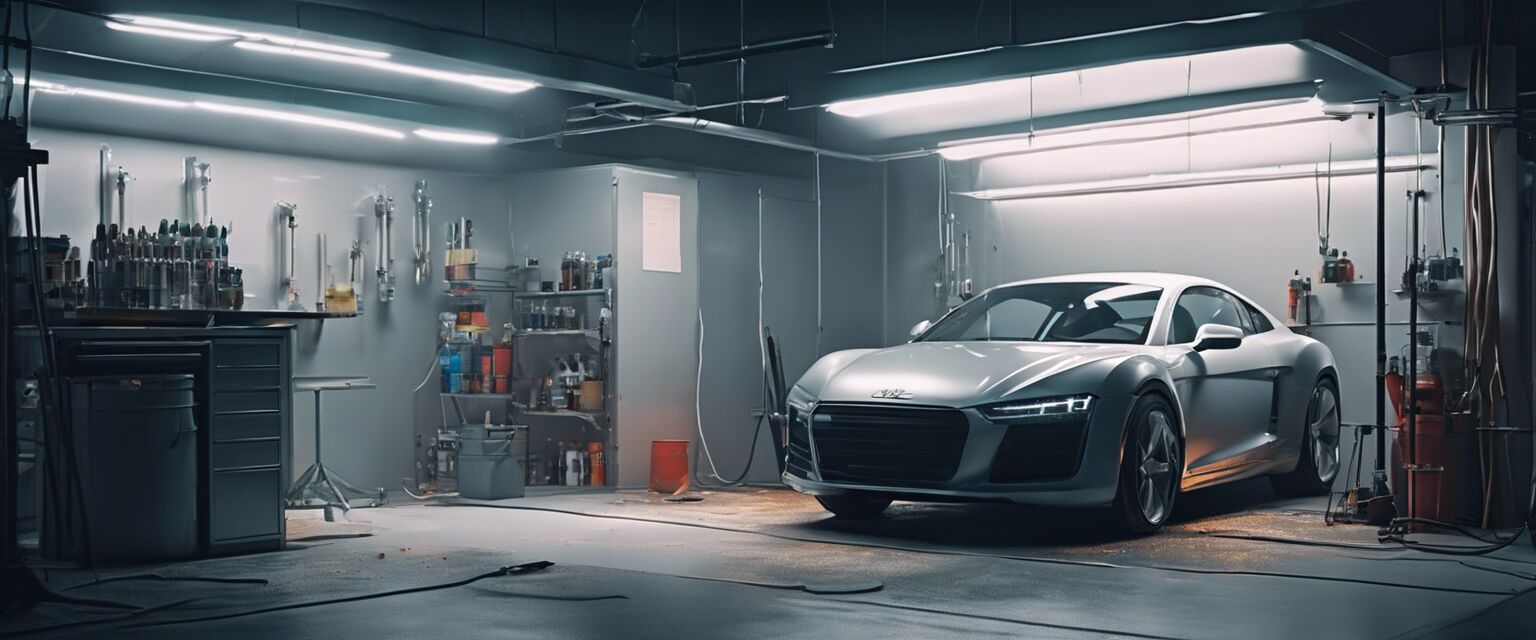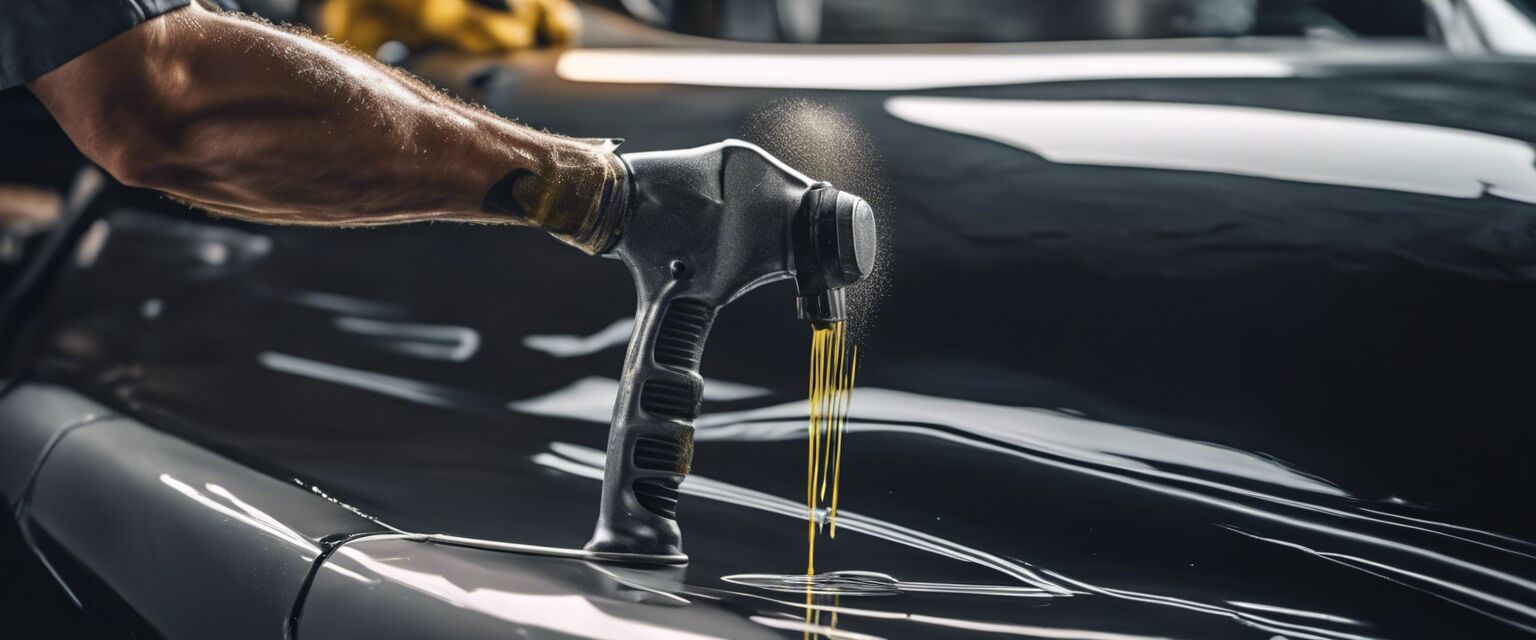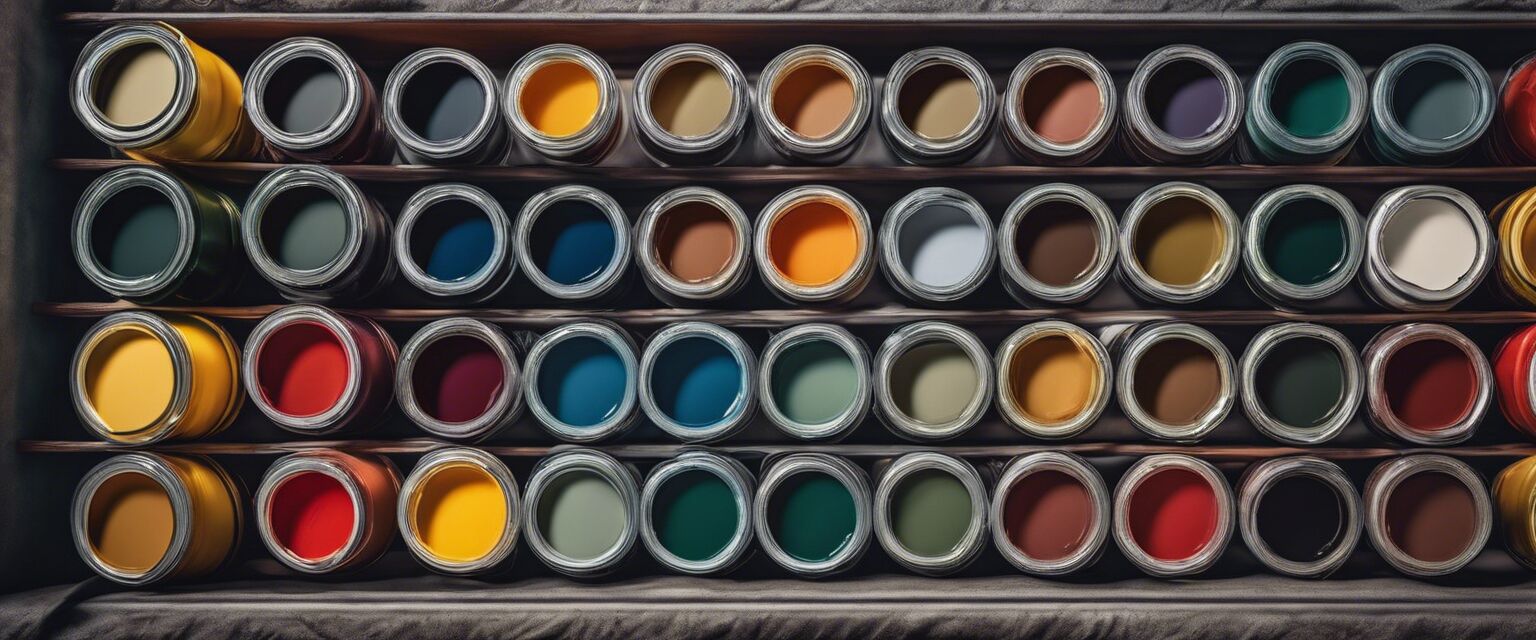
Safety gear for auto painting
Key Takeaways
- Safety gear is crucial for protecting against harmful chemicals and fumes.
- Using the right protective equipment can prevent injuries and health issues.
- Regular inspections and proper maintenance of safety gear enhance its effectiveness.
When it comes to auto body painting, safety should always be a top priority. The process involves various chemicals and materials that can be hazardous to your health. Therefore, investing in quality safety gear is essential. This article discusses the different types of safety gear necessary for auto painting, ensuring you have all the information needed to work safely and effectively.
Importance of safety gear in auto painting
The auto painting process can expose you to various health risks, including inhalation of toxic fumes, skin contact with harmful substances, and eye irritation. Proper safety gear helps mitigate these risks by providing a barrier between you and the hazardous materials. Here's a breakdown of why safety gear is essential:
- Protection against chemicals: Safety gear helps prevent direct contact with harmful substances.
- Respiratory protection: Inhalation of paint fumes can lead to respiratory issues. Proper masks filter harmful particles.
- Skin protection: Gloves and protective clothing keep your skin safe from irritating chemicals.
- Eye safety: Safety goggles protect against splashes and harmful vapors.
Types of safety gear for auto painting
There are several types of safety gear you should consider when working in auto body painting. Hereâs a detailed overview:
| Type of Safety Gear | Description | Key Features |
|---|---|---|
| Respirators | Filters out harmful fumes and particles from the air. | Comfortable fit, replaceable filters, and adjustable straps. |
| Protective Gloves | Prevents skin contact with paints and solvents. | Chemical resistance, durable material, and good grip. |
| Safety Goggles | Protects eyes from splashes and dust. | Anti-fog, impact-resistant, and adjustable straps. |
| Coveralls | Protective clothing that covers the whole body. | Lightweight, breathable, and chemical-resistant material. |
| Face Shields | Offers additional protection for the face. | Clear visibility, adjustable, and compatible with respirators. |
How to choose the right safety gear
Selecting the appropriate safety gear involves considering various factors, including the type of work you will be doing, the materials you will be using, and your personal comfort. Here are some tips:
Tips for beginners
- Assess the risks associated with your specific auto painting tasks.
- Choose gear that meets safety standards.
- Ensure your safety gear fits properly for maximum protection.
- Always conduct a safety gear check before starting work.
Maintaining your safety gear
To ensure your safety gear remains effective, regular maintenance is crucial. Here are some essential maintenance tips:
- Inspect regularly: Check for damages or wear and tear.
- Clean after use: Remove any paint or chemicals to prolong the lifespan of the gear.
- Store properly: Keep safety gear in a clean, dry place away from direct sunlight.
- Replace when necessary: If safety gear is damaged or no longer fits well, itâs time to replace it.
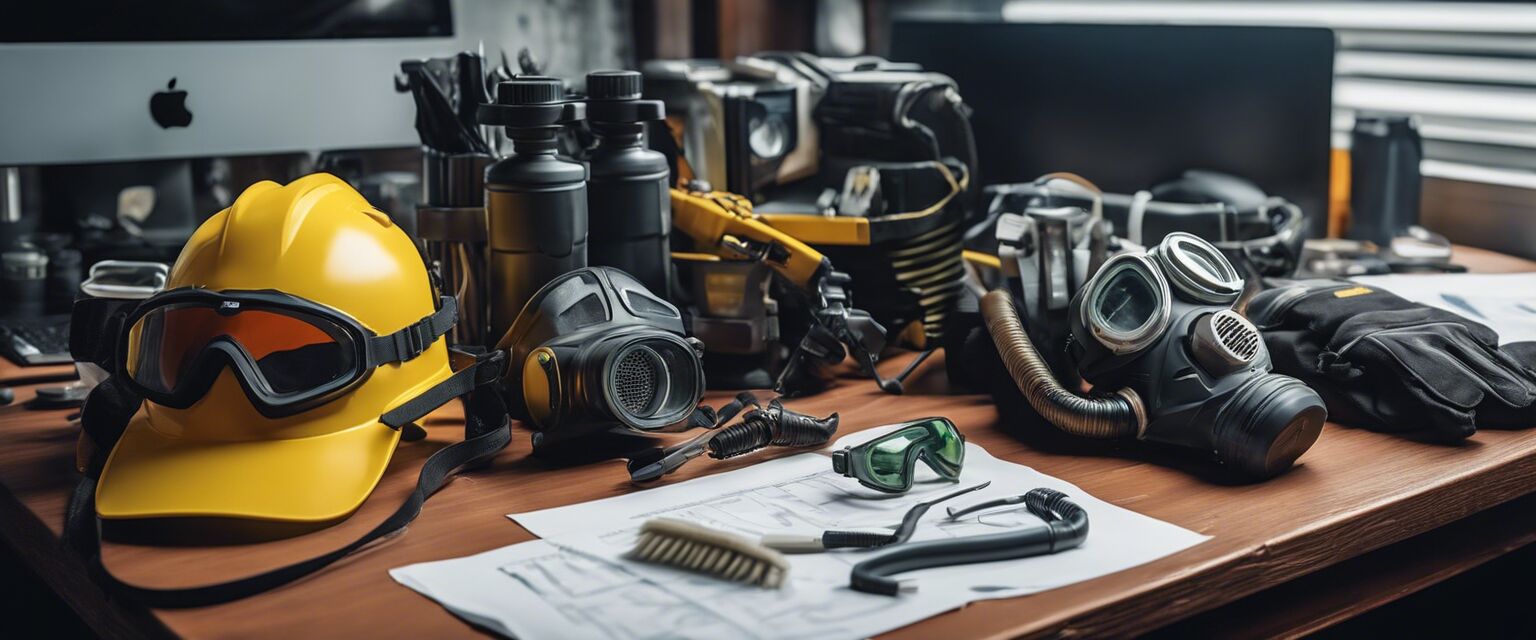
Common misconceptions about safety gear
Many individuals have misconceptions about the necessity and effectiveness of safety gear in auto painting. Here are some common myths debunked:
- Myth 1: Safety gear is uncomfortable.
- Myth 2: Itâs not necessary for small tasks.
- Myth 3: All safety gear is the same.
- Myth 4: You can skip safety gear if youâre experienced.
Conclusion
Investing in the right safety gear for auto painting is not just a choice; itâs a necessity. The proper equipment protects you from potential hazards and ensures a safer working environment. Always prioritize safety by selecting quality gear, maintaining it, and using it consistently.
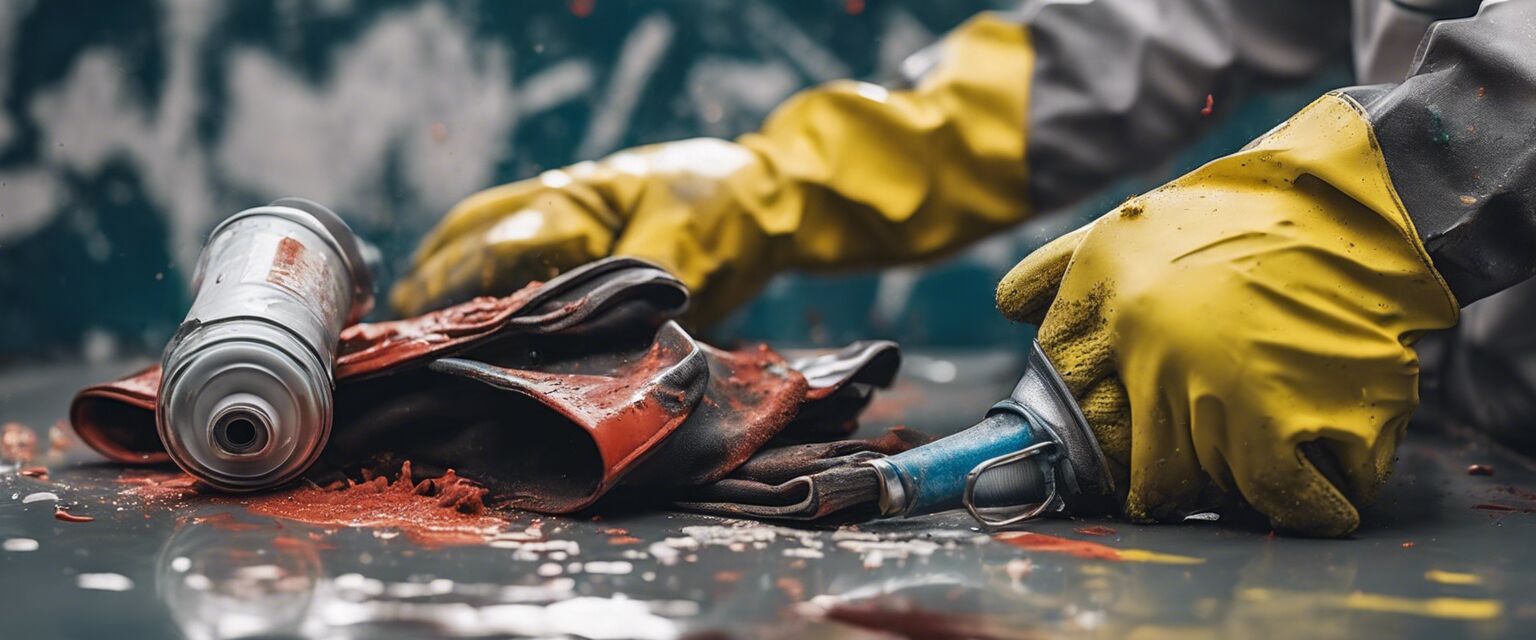
Pros
- Reduces risk of health issues.
- Enhances overall work safety.
- Improves work efficiency.
- Increases confidence while working.
Cons
- Initial investment cost.
- May feel uncomfortable at first.
- Requires regular maintenance.
For more information on auto body painting supplies, check out our sections on automotive paints, body fillers and putty, and car detailing tools. Understanding the importance of safety gear is just as crucial as knowing the tools and materials you will use.
